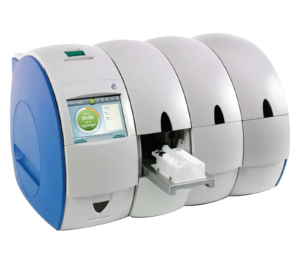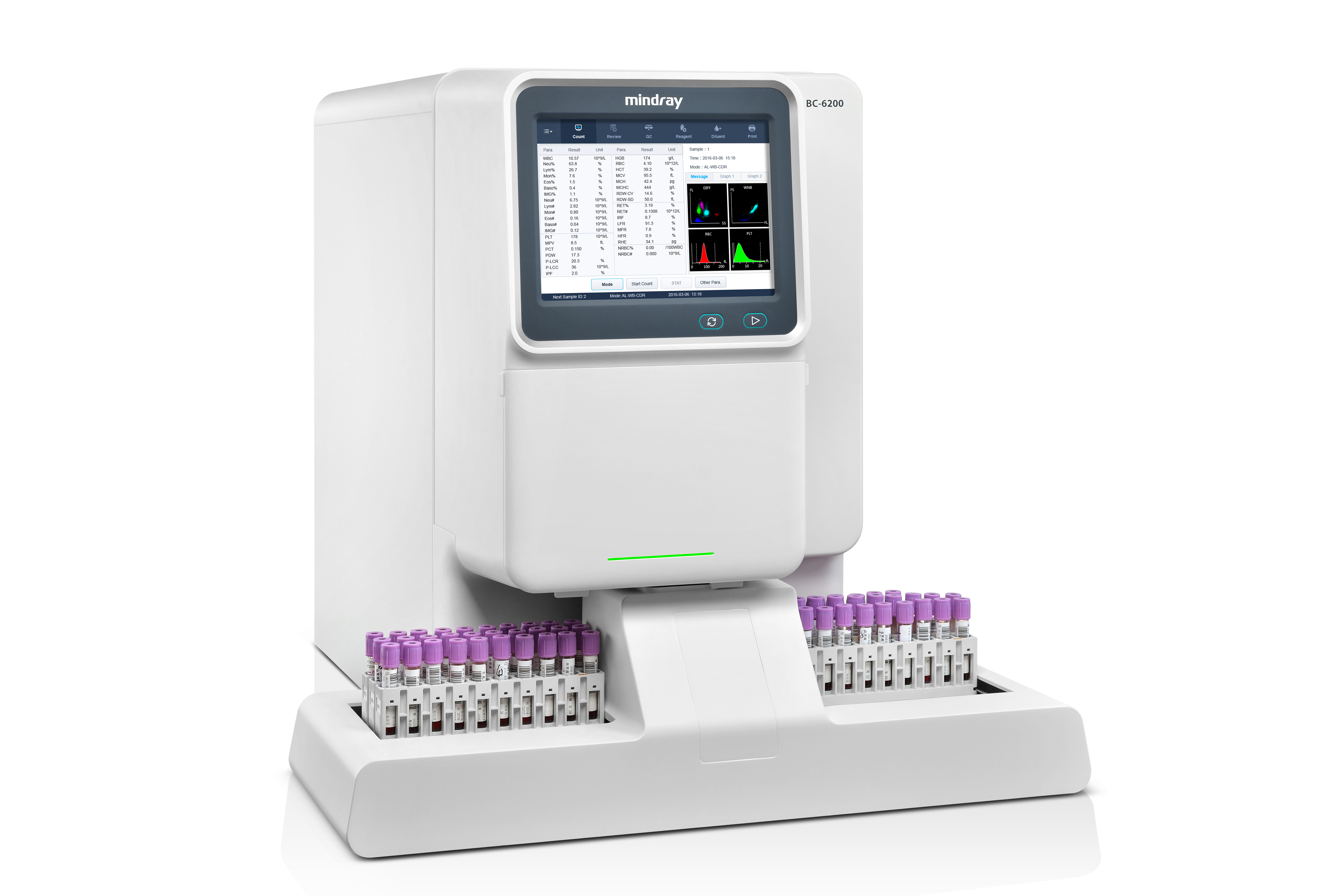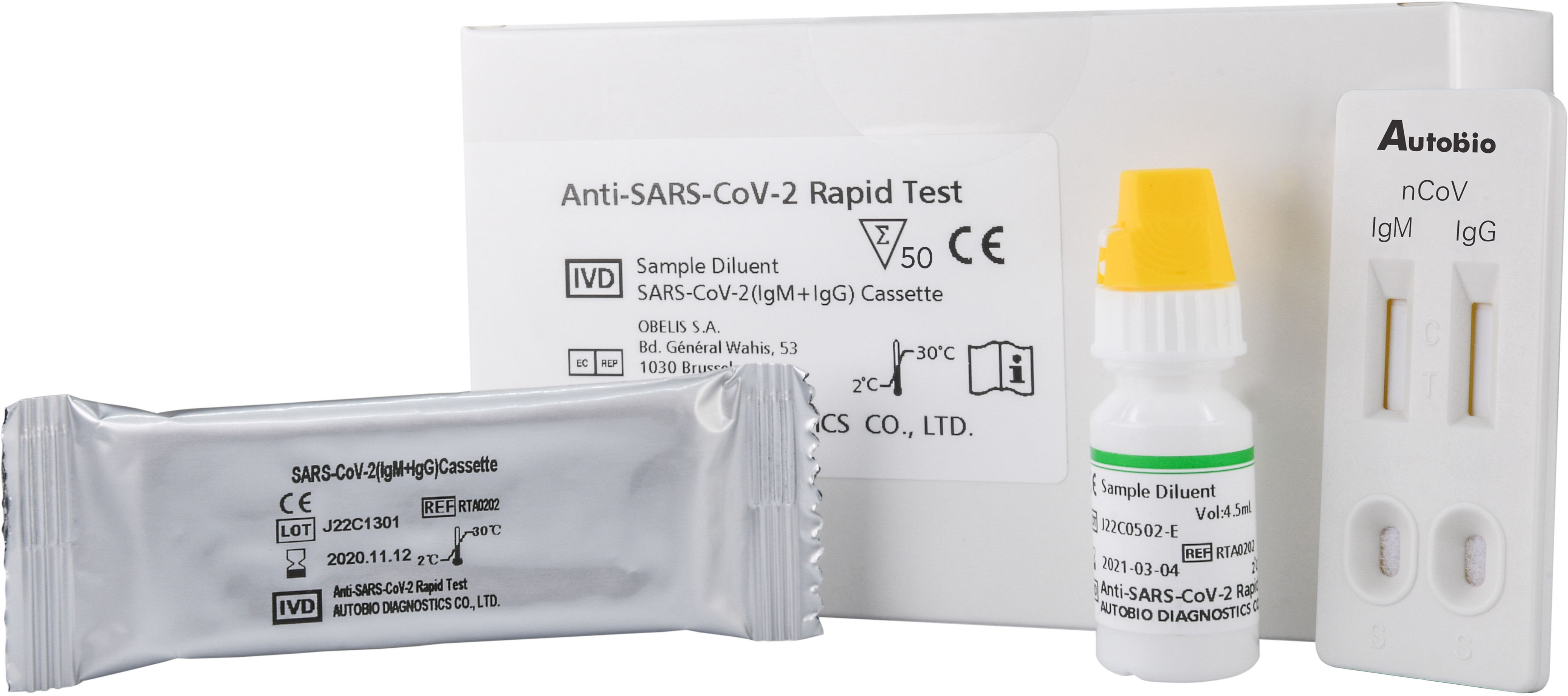

Compared to traditional laboratory-based methods, rapid tests give results in a matter of minutes, so they are a better choice for people who need to know their status. Rapid tests are useful for determining a patient's risk for HIV infection, which is especially important for people who have chronic or infectious diseases. In addition, there are plenty of online tutorials to help you understand the process better. You can get an explanation video to help you feel more comfortable with the process.

However, if you've never had one before, you may be afraid to undergo them. They're relatively easy to take and can be performed on a patient without causing too much discomfort. Rapid tests are a good option if you're worried about the results of a traditional HIV test. The negative predictive value is higher than 98% and are more useful when the patient has no symptoms. So, they are ideal for use in a symptomatic population. These tests are less likely to be affected by residual virus nucleic acids, which may lead to unnecessary isolation and quarantine. They have the same negative predictive value as the molecular tests. Unlike the conventional methods, these tests are quick and inexpensive. This is also a good choice for healthcare workers and can help physicians identify potential drug interactions. This means that patients should be evaluated with a molecular test. In fact, they can be a sign of a more severe condition, such as a cancer. But, the positive results are not proof of an infection. The cost and availability of these rapid tests can affect healthcare services and patients. Molecular point-of-care tests are not a cheap and convenient way to diagnose illnesses. It is being developed by companies that focus on point-of-care testing. For example, the FTD Respiratory Pathogens 33 rapid test has been approved by the FDA. Other tests can take several hours to return the results.

Their results can be obtained in as little as 15 minutes. The rapid molecular diagnostic tests are FDA-cleared and CLIA-waived for point-of-care use. The benefits are many and far outweigh the drawbacks. They should be limited to the most appropriate populations, so that they can significantly reduce the costs of nosocomial clusters and isolation. While these tests are fast and easy to use, their cost and availability are significant. For example, which target populations do these tests work best for? Fortunately, some manufacturers have developed molecular point-of-care diagnostic kits.Ĭurrently, the FDA has listed only Molecular Tests authorized for use by healthcare practitioners. However, there are still many practical considerations. These tests are fast enough to use for point-of-care applications. Other tests are more specific and can identify specific subtypes of seasonal influenza A. The FDA has approved several rapid molecular assays to detect influenza A and B viruses. These molecular diagnostic tests are not as accurate as blood or urine culture tests, but they can be used to ensure a timely diagnosis in emergencies. Cultures, meanwhile, would be negative for a non-viable virus. They can even detect a virus that has not yet reached the healing phase of an illness. In general, these rapid diagnostic tests are effective in detecting both live and non-viable viruses.


 0 kommentar(er)
0 kommentar(er)
